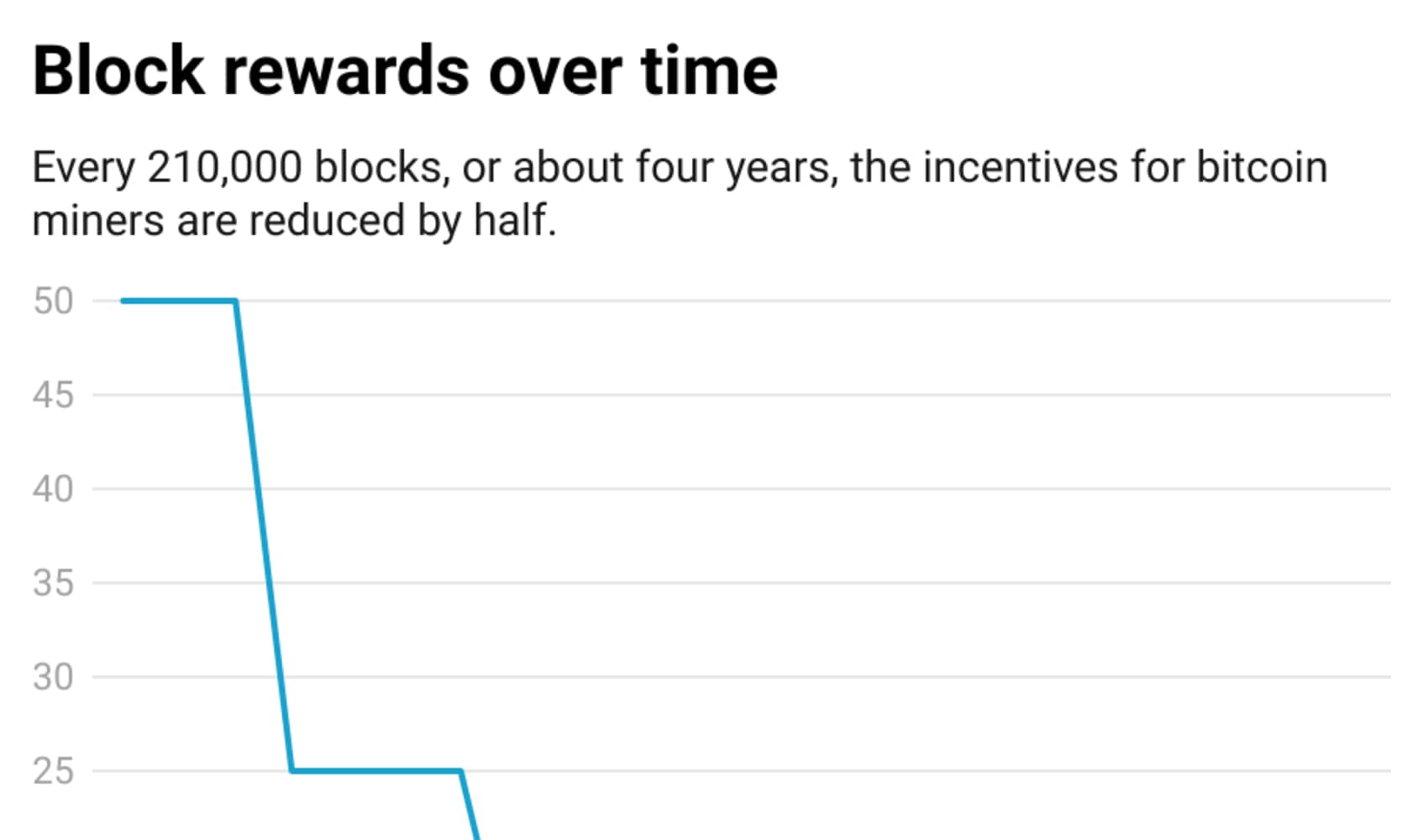
U.S. oil crossed above $90 on Thursday for the first time since 2014 as demand for petroleum products surges while supply remains constrained.
West Texas Intermediate crude futures, the U.S. oil benchmark, gained more than 2% to trade as high as $90.23 per barrel. The last time prices were above the $90 mark was October 2014. International benchmark Brent crude rose 1.7% to trade at $91. Brent topped $90 on Jan. 26.
Oil's had a blistering rally since falling to record lows in April 2020 — WTI briefly traded in negative territory — as demand has returned but producers have kept supply in check. Geopolitical tensions between Russia and Ukraine as well as in the Middle East have also sent jitters through the market.
Get Tri-state area news and weather forecasts to your inbox. Sign up for NBC New York newsletters.
WTI is up nearly 20% for the year, building on 2021's more than 50% gain. As oil prices push higher, a number of Wall Street analysts have forecasted $100 oil.
Oanda's Ed Moya added that part of Thursday's push higher is due to cold temperatures and a potential drop in production.
"The oil market is so tight that any shock to production is going to send prices soaring. OPEC+ production is on cruise control with their gradual increase strategy, which means oil seems like it's going to make a run towards $100 oil pretty soon," he said.
Money Report
On Wednesday OPEC and its oil-producing allies, a group known as OPEC+, decided to stick to a previously announced schedule and increase March production by 400,000 barrels per day. The move comes as the group has faced pressure, including from the U.S., to boost output in an effort to alleviate the rapid appreciation in oil prices.
"The market remains bullish on oil prices, as it has since May 2020 when OPEC+ enacted mega cuts to its output bringing oil from negative territory to a quite reasonable jump away from $100 per barrel," said Louise Dickson, senior oil markets analyst at Rystad Energy.
"The prevailing expectation is that the market, despite some downward blips caused by pandemic demand scares, will continue to trade high on oil as real supply shortages exist both in the short and long-term view," she added.
Again Capital's John Kilduff said a drop in the dollar on Thursday contributed to oil's jump higher. When the dollar advances it makes oil more expensive for foreign buyers.
"Today's precipitous drop in the U.S. dollar was the catalyst needed to stem the selling that emerged in the aftermath of the OPEC+ meeting and some recent weak economic data," he said.
Kilduff added that while the $100 mark "appears inevitable," it "won't be easy." He noted that supply is returning to the market, and said that China's economic struggles could be another headwind.






